IMPROVE Your Technical Writing Skills
Technical writing is an undertaking that requires research creating visual aids, and effectively targeting the understanding of your audience.
3 min read
 Writing Team
:
Aug 5, 2024 5:17:35 PM
Writing Team
:
Aug 5, 2024 5:17:35 PM
-2.png)
Early-stage startups often struggle to align their brand identity with their content strategy. This misalignment can confuse potential users and hinder growth. For technical writers, this challenge is particularly crucial as they bridge the gap between complex products and user understanding. In this guide, we'll explore key strategies to create cohesive brand messaging and technical content that resonates with your target audience.
To build a strong brand identity:
Be aware of these common brand identity mistakes:
As a technical writer, your role in shaping brand identity is crucial:
Start by analyzing your current user base. Conduct conversations to uncover:
Brian Doll, Co-founder of Reify, suggests asking, "Who is your current client base and who do you wish it was?" This helps tailor your messaging to attract ideal customers.
Create detailed user personas to guide your technical writing:
Let's talk content strategy.
For technical writers, consider these best practices:
Develop a roadmap that aligns with product development:
While understanding your market position is crucial, avoid fixating on competitors.
When analyzing competitors' documentation:
Share your founders' experiences and motivations. Authentic storytelling creates trust and resonates with your audience.
As a technical writer, weave the startup story into your documentation:
Experiment with:
For technical writers, consider these specialized formats:
Brian likens effective content marketing to compound interest. Regular, consistent content creation builds momentum over time.
As you expand your content strategy:
It's important that you pay attention to what is/isn't working.
Track user interactions with your content to understand its impact on the customer journey.
Use data insights to inform decisions, but stay true to your core brand message.
For technical writers, focus on these key metrics:
AI can be a valuable tool for:
However, human refinement is crucial for ensuring quality and authenticity.
Consider these AI applications for technical documentation:
View pivots as opportunities to:
When your product pivots:
Create a culture where developers contribute to documentation:
Facilitate collaboration between technical writers and other teams:
Aligning your brand identity with your content strategy is crucial for early-stage startup success. As a technical writer, you play a pivotal role in translating complex ideas into accessible, valuable content. By understanding your audience, creating authentic technical content, and remaining adaptable, you can build a strong foundation for your startup's growth and user satisfaction.
Remember, effective technical writing is not just about conveying information—it's about empowering users, supporting your brand's mission, and driving product adoption. Stay curious, keep learning, and always strive to bridge the gap between technical complexity and user understanding.
%20(1).png)
Technical writing is an undertaking that requires research creating visual aids, and effectively targeting the understanding of your audience.

In the tech world, creating documentation that is clear, accessible, and inclusive is essential to ensuring everyone can use and understand products...

In technical writing, consistency and adherence to style guides are crucial for clear communication, accuracy, and professionalism. However, manually...